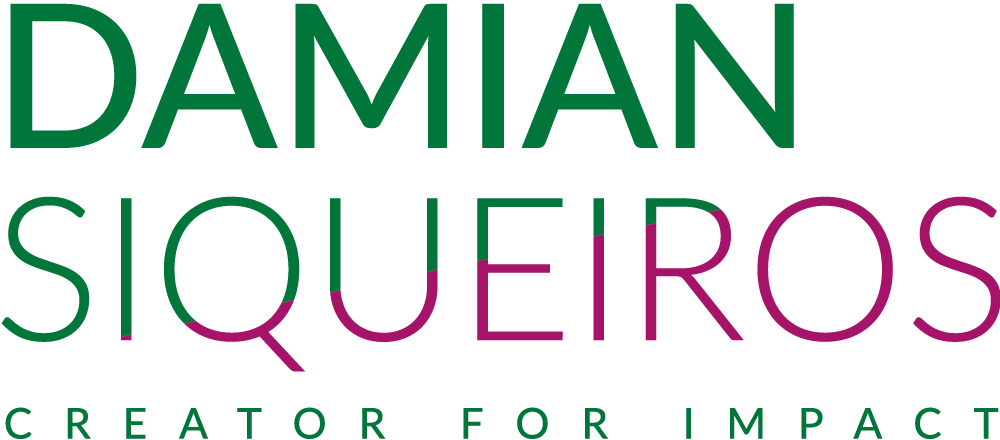No, not the kind that you are thinking of. I mean yes, that one is important too and maybe i'll talk about it for a bit later. I am talking about the ontological division that divides human kinds into 2 categories: female and male. And if you are not an ostrich you have probably realized that historically the former has been subservient to the latter.
This is a enormously vast topic that at it's best turns out to be gallantry and at it worst if had produced all kinds of systemic abuse and inequality towards women (and men). The core goals of my work is to go to the roots of the reasons why society imposes certain rules that disadvantage and sanctions (by law or not) the diminishment of the female condition. The fight for the attainment of full citizenship and property rights or the punishment of adultery of raped women might sound like a thing of the past (though they are not), but wage gaps for equal work, punished sexual liberty, sexual harassment are far to often a reality for women all over the world. Once I find the root I find a way to make them come to the surface, expose their arbitrary and obsolete nature.
The specific goal of my artistic residency in South Korea is to study the contemporary status of gender equality in East Asia, and more specifically in my host country. I'm interested in understanding the situation from an historical perspective: the origin myths, the laws, the conflicts, the cultural exchanges, the moral and normative philosophies (including religion). I'm interested in observing how these manifest in relations between different genders (hetero-normative or not). Even though I'm concentrating on the diverse group of identities we call women, I'm also observing the development of masculinities that are disruptive or presently in crisis.
Before we delve into the actual topics of what my images will be about there are a few things to take into account regarding the history of the unbalance between genders in South Korea. Before Korea was broken into two and people roamed freely through the peninsula Shamanism was prevalent and its relevant because it continues to have an effect on how people see life. The lunar calendar, some of the folkloric dances and even the origin myth of the Korean people come from this prehistoric belief system.
From this early moment there was a clear separation of roles, not only in the everyday social life but also from the cosmology that coloured their views. I have to notice that from the start and specially in the start and in the contemporary world the ideas that justify and promote inequality are incredibly similar: a delusion of superiority of man and an insurance of women as property.
The Korean origin myth proclaim that men come from the Heavenly king, while women descend from a bear. In order for this sow (female bear) to become the paradox that they are, being all delicate and refined and being a troglodyte beast at the same time (notice the sarcasm), she had to spend 5 days in a cave eating garlic. These kind of ideas resonate through different eras and philosophies. Women are second to be created and in some way they come from or are perfection by the intervention of men (Adam's rib, Pygmalion). Taoism, confirms this notion that men are the heavenly, the precise, dry, light, the convex. On the other hand women were bounded to earth, to procreation, the represented the damp, the dark, the undefined and the concave.
Until the second Joseon Era (dynasty) which ends in the 19th century cultural influences in Asia move mostly from west to east, that is China was the example to follow. The "Chinese" ethical and philosophical system Confucianism plays a predominant role in the creation of norms, morals and identities since the 4th century BCE. This system is based on 5 different books that regulate every human activity from everyday life to art and ethics. The Book of Rites provided a guide on gender relations and roles based on two binary concepts: inner and outer realms and Yin and Yang, both presented as complementing polarities. Originally both Yin and Yang represented equals but New Confucian reinterpretations go the extra mile to make the Yin (the female side) less valuable and relevant than the male side. A nefarious way of justifying the unbalance of power that kept women from the public realm and secluded into the inner chambers.
To be continued...

